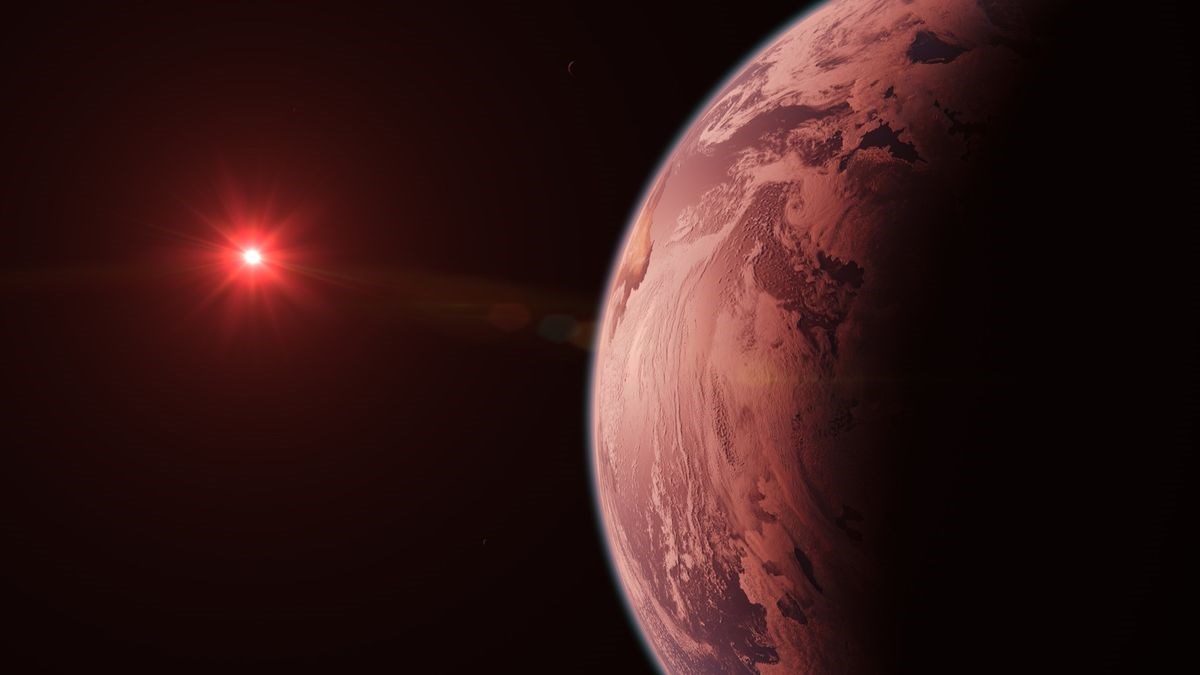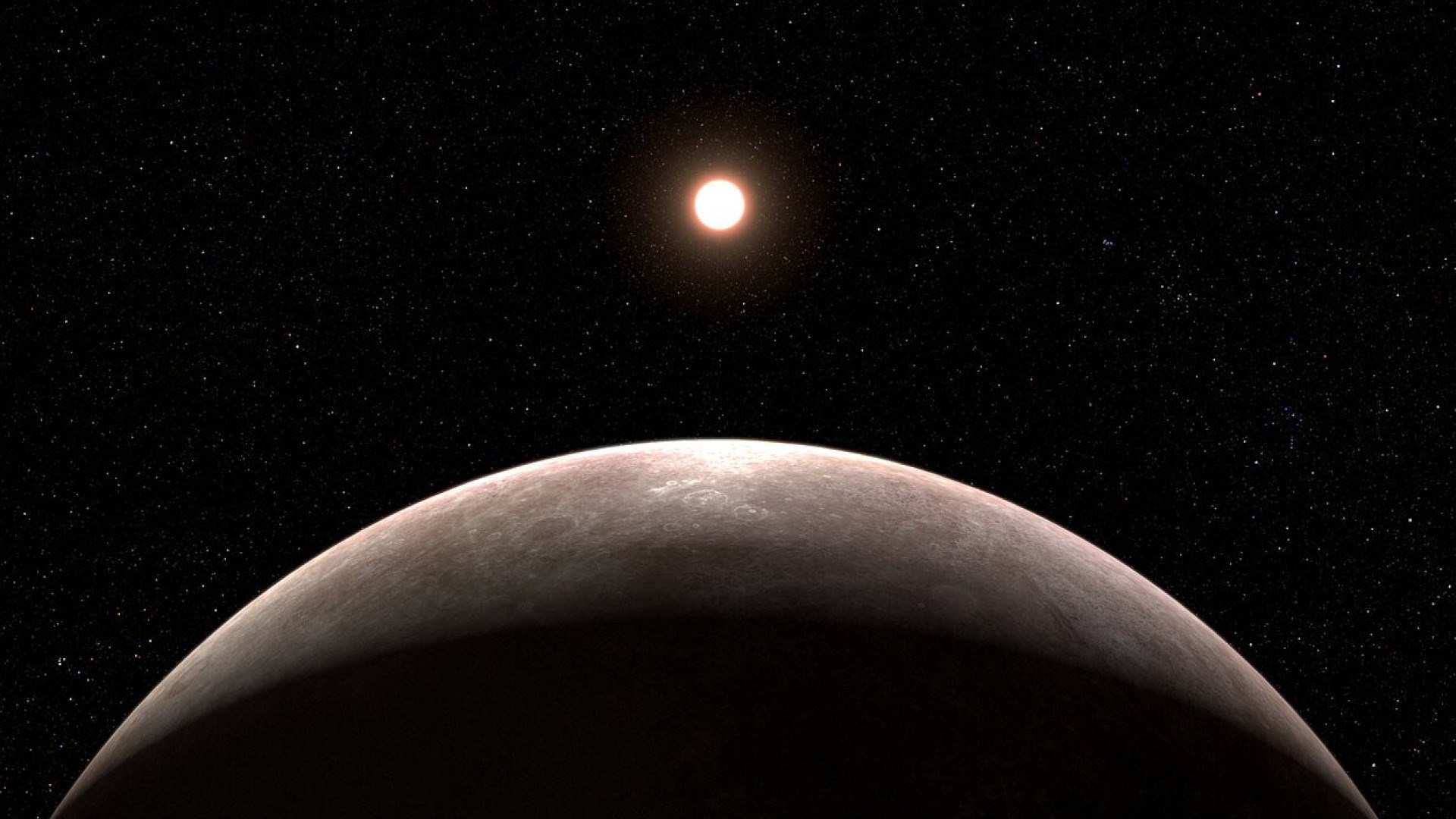 By studying planets outside the solar system, scientists are trying to improve understandings of planet formation. An alien planet the size of Jupiter has been discovered by astronomers in this context. What makes this planet interesting is that some of its features are unusual.
By studying planets outside the solar system, scientists are trying to improve understandings of planet formation. An alien planet the size of Jupiter has been discovered by astronomers in this context. What makes this planet interesting is that some of its features are unusual.This exoplanet (an exoplanet) was first detected using NASA’s Transiting Exoplanet Survey Satellite; however, the data were insufficient to confirm that it was a planet. Then astronomers from the University of Birmingham began to study this exoplanet more closely using the SPECULOOS Southern Observatory in Chile’s Atacama Desert. The team also measured the mass of the planet using the Subaru Telescope in Hawai’i to confirm these observations.
Unusual for two reasons
The planet (TOI-4860 b) orbits its host star (TOI-4860), a low-mass or red dwarf star. The discovered planet completes one full orbit around its star in 1.52 days. However, TOI-4860 b qualifies as an “unusual planet” for two main reasons.
 The first of these is related to the mass of the planet. Because low-mass stars are not expected to lead to the formation of high-mass planets in their systems. According to the generally accepted model of planet formation, the less mass a star has, the less mass the disk of material around that star should have. George Dransfield, who made a statement on this subject, said, “Since planets are formed from this disk, it was expected that high-mass planets such as Jupiter would not form. However, we were wondering about this and wanted to check the planet candidates to see if this is possible. TOI-4860 is our first confirmation and it is also our first confirmation. The lowest-mass star to host such a high-mass planet.” used the phrases.
The first of these is related to the mass of the planet. Because low-mass stars are not expected to lead to the formation of high-mass planets in their systems. According to the generally accepted model of planet formation, the less mass a star has, the less mass the disk of material around that star should have. George Dransfield, who made a statement on this subject, said, “Since planets are formed from this disk, it was expected that high-mass planets such as Jupiter would not form. However, we were wondering about this and wanted to check the planet candidates to see if this is possible. TOI-4860 is our first confirmation and it is also our first confirmation. The lowest-mass star to host such a high-mass planet.” used the phrases.Secondly, the planet seems quite rich in heavy elements. Professor of exoplanetology Amaury Triaud, who led the study, states that similar heavy elements have been detected in the main star, which supports the idea that heavy elements can positively affect the planet formation process.
TOI-4860 b’s short orbital period, along with properties such as the high metallicity of its parent star, mean that this system could be particularly useful for studying the atmospheres of hot Jupiters and better determining how these gas giants were born. The team behind the discovery of this exoplanet now aims to discover similar planets around tiny parent stars using the Very Large Telescope (VLT) located in the Atacama desert region of northern Chile.